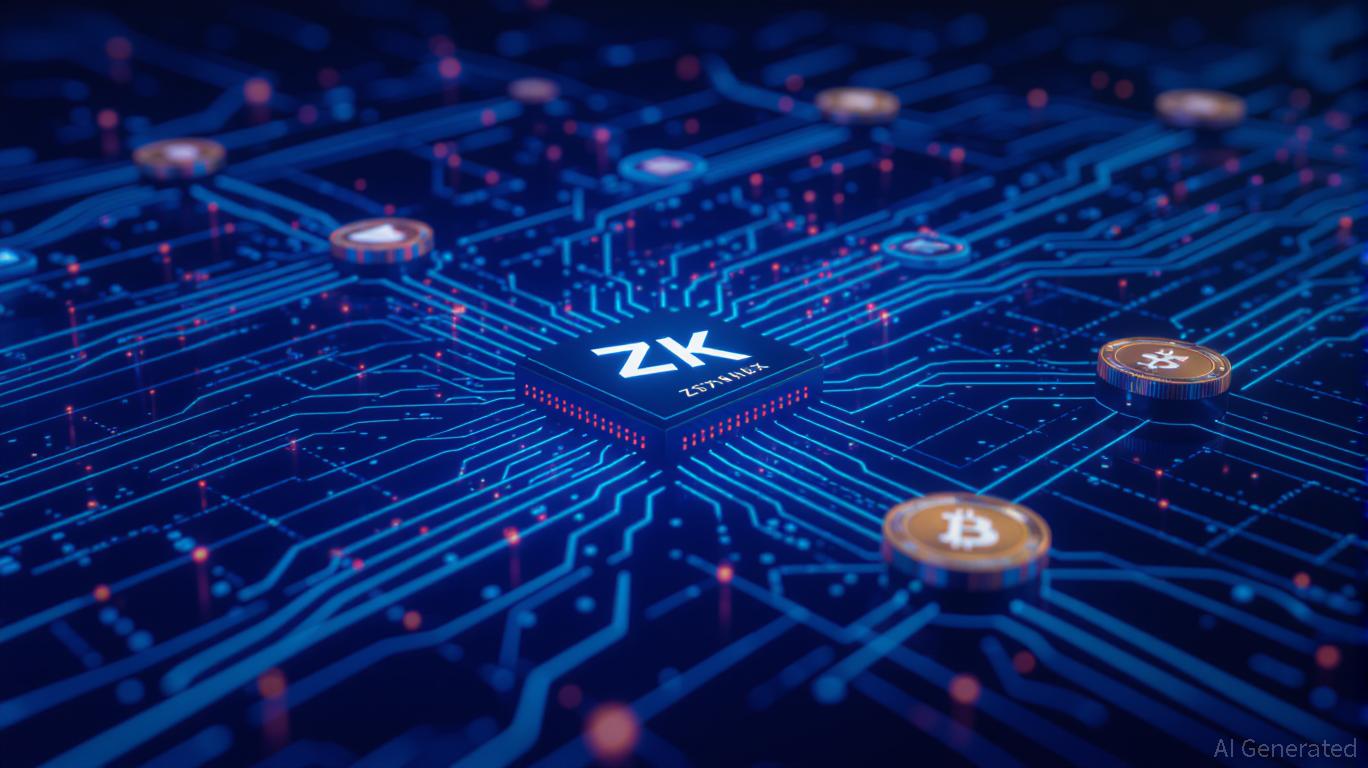Bitcoin Updates: Cango Utilizes Energy-Efficient Infrastructure to Connect Bitcoin Mining with the Future of AI Computing
- Cango Inc. transitions from auto platform to Bitcoin mining and AI HPC, leveraging global infrastructure and energy expertise. - Achieves 50 EH/s mining capacity in 8 months, with Q2 2025 revenue of $139.8M and $656M in Bitcoin holdings. - Acquires 50 MW Georgia facility to optimize energy costs and expand dual-purpose infrastructure for AI workloads. - Plans direct NYSE listing to enhance transparency amid regulatory scrutiny and industry shifts toward hybrid AI-mining models. - Aims to refresh 6 EH/s e
Chinese automotive transaction platform
Cango’s financial results for Q2 2025 highlighted the effectiveness of its new direction, reporting $139.8 million in revenue and $99.1 million in adjusted EBITDA. This growth was fueled by an asset-light approach that emphasized operational efficiency, as noted by

Cango’s board has authorized a direct listing on the New York Stock Exchange (NYSE), replacing its American Depositary Receipt (ADR) program, effective November 17, 2025. This change is intended to improve transparency and attract more institutional investors, especially after U.S. regulators examined its relationship with Bitmain, as mentioned in
With Bitcoin mining expenses rising to $114,842 per BTC in October 2025, competition has intensified, leading smaller players to consolidate or exit, as noted in
Cango’s plans for 2026 include upgrading 6 EH/s of mining hardware, expanding its energy infrastructure, and launching HPC pilot programs. With operations in the U.S., Oman, Ethiopia, and Paraguay, the company seeks to leverage its international reach and energy expertise to become a frontrunner in the next generation of computing.
Disclaimer: The content of this article solely reflects the author's opinion and does not represent the platform in any capacity. This article is not intended to serve as a reference for making investment decisions.
You may also like
Vitalik Buterin's Latest Advocacy for ZK Technology in Ethereum: Evaluating the Impact of ZK on Ethereum's Future Scalability and Investment Potential
- Vitalik Buterin prioritizes ZK proofs to enhance Ethereum's scalability, privacy, and quantum resistance amid institutional demand and post-AGI risks. - Ethereum's "Lean Ethereum" upgrades remove modexp precompiles and adopt GKR protocol, boosting TPS and quantum security while temporarily affecting gas fees. - ZK layer 2 solutions like Lighter (24k TPS) and ZKsync (15k TPS) drive institutional adoption, with 83% of enterprise smart contracts now using ZK-rollups. - ZK-driven infrastructure (ZKsync, Star

Why ZK Coins Are Experiencing a Surge in November 2025
- ZK coins surged in November 2025 as DeFi platforms adopted ZK infrastructure for scalability, privacy, and cost efficiency. - Platforms like Polygon zkEVM and zkSync reduced Ethereum gas fees by 90% while enabling thousands of transactions per second. - Institutional adoption (Deutsche Bank, Sony) and Zcash's 23% price jump highlighted ZK's role in bridging privacy-focused crypto with mainstream finance. - Technological breakthroughs in ZK scaling (50x cost reduction) and rising TVL ($72M BTC bridged to

DASH's Latest Rally: Can This Uptrend Be Maintained?
- Dash (DASH) surged 50% in 24 hours with $2B trading volume in late 2025, reigniting privacy coin interest. - On-chain data remains opaque, lacking transparency on upgrades or transaction throughput compared to Ethereum/Tron. - Institutional adoption lags; DoorDash's $3.45B revenue growth drew capital, while Dash's whale-driven rally lacks verifiable fundamentals. - Sustainability depends on protocol upgrades and institutional partnerships, as current momentum appears speculative with no clear long-term c

Algo up 5.68% within 24 hours due to robust short-term performance and a sustained long-term recovery
- ALGO surged 5.68% in 24 hours, 16.2% in 7 days, and 5.92% in a month, contrasting a 43.83% annual decline. - The sharp rise suggests renewed trader interest and potential short-term volatility amid a broader downturn. - A backtest of past 5%+ surge events aims to assess if recent gains signal a sustainable recovery or a temporary reversal.